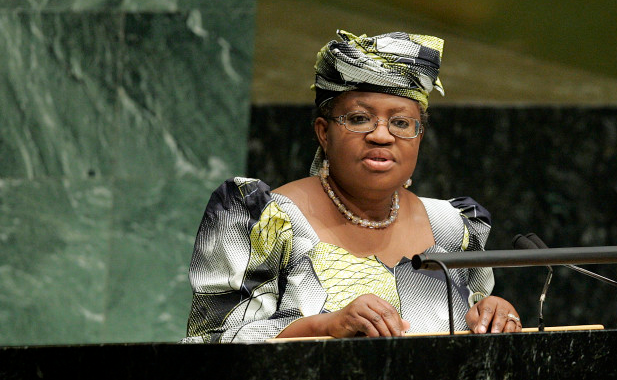Sentiment towards the global economy was dealt a numbing blow during trading on Tuesday following the International Monetary Fund’s (IMF) gloomy outlook on global growth which consequently dented risk appetite.
These meek outlooks come at a time when the violent combination of stubbornly low commodity price and ongoing China woes has persistently exposed other nations to major downside risks. With the horrible cocktail of ongoing global instabilities potentially sabotaging any real recovery in global growth and blurring economic outlooks, it seems likely that the IMF will slash growth forecasts once again at the next meeting in Washington.
The logical steps to mitigating the headwinds of slowing global growth in a normal market environment may be to unleash further accommodative monetary policy, but recent market reactions from central bank intervention have almost exacerbated the situation. We live in a period of negative rate policies where unorthodox central bank interventions have severely warped the financial markets, only leaving investors more anxious. Confidence towards the global economy was already low and with the IMF’s fears adding to the mixture of falling oil prices, Brexit fears, China concerns and emerging market weakness, investors may be encouraged to scatter from riskier assets.
Stock markets were left vulnerable on Tuesday and concluded surrendering to the bears as depressed oil prices chipped away at risk appetite. Europe, Asia and American markets descended into the red territory following the IMF’s timid outlook on global growth that renewed a sharp wave of risk aversion. With anxiety mounting ahead of the FOMC minutes on Wednesday forcing investors to flee from riskier assets, stock could be poised to decline further with Asia leading the selloff as risk aversion boosts appetite for the safe-haven Japanese Yen.
Advertisement
FOMC minutes in focus
Investors may direct their attention towards the heavily anticipated FOMC minutes on Wednesday which could offer additional clarity on interest rate hike timings in 2016. In recent weeks sentiment towards the US economy was ripped in various directions following the clash of stances between hawkish Fed officials and the dovish Janet Yellen and today may offer some light as to why. Although data from the States continues to display signs of recovery, it seems clear that global developments dictate when or if the Fed will be raising US rates in 2016. Sentiment is bearish towards the Dollar and with the latest comments from the IMF eroding any expectations over the Fed taking action in Q2, bearish investors have been provided a platform to attack.
The Dollar Index remains bearish on the daily timeframe and may be set to depreciate further if the FOMC minutes hint at a dovish tone or even fail to provide any direction on US rate hikes. From a technical standpoint, prices are trading below the daily 20 SMA while the MACD has crossed to the downside. Previous support at 95.50 may transform into a dynamic resistance which could trigger a further decline towards 94.00.
Advertisement
WTI crude challenges $35
WTI experienced a technical bounce during trading on Tuesday which had nothing to do with an improved sentiment towards the heavily oversupplied commodity. The lingering impact of Saudi Arabia’s unexpected comments on the success of an output freeze deal on Iran’s unlikely participation has left prices vulnerable to further losses. With Iran remaining defiant on any talks of a production freeze, while currently boosting output to 4mbpd, any real recovery in prices could be curbed. The sentiment is bearish towards WTI and with expectations mounting that the Doha meeting may conclude unsuccessful amid the conflict of interests, sellers could exploit this opportunity to send prices lower.
From a technical standpoint, WTI is bearish as there have been consistently lower lows and lower highs. Prices are trading below the daily 20 SMA and the breakdown below $35 has opened a path towards $30.
China in the picture
Advertisement
China Caixin Services PMI exceeded expectations earlier this morning, but sentiment remains bearish towards the Chinese economy regardless with an increasing focus on its ability to maintaining the 6.5% GDP target for 2016. Investors should keep in mind that in March data from Beijing followed a negative trajectory, while the elevated fears of a faster deceleration in economic momentum ensured the China markets remained depressed. Although the nation is currently engaged in a mission to transform into an economy that prospers on global demand, China export-reliant countries continue to feel the pain.
For more information please visit: ForexTime
Add a comment







